Brief: Our client is the producer of high-end mattresses and wants to explore the behaviors and true needs that people have related to sleeping. The client expects a visionary deliverable of human-centric insights, with a grounding in data. The client’s intention is to understand what can help people sleep better beyond buying a new mattress.
Length: 10 weeks
Team Members: Ridwan Pothigara, Henry Bacon, Elissa Welsh, Ben McLaughlin, En Wang, WeiWei Hsu and Andy Shimmin
Learnings: Design Research, Interviews, Data Collecting, Data Visualization
Tools: Keynote, Illustrator, Nodebox
Role: I was part of the Data Visualization Team with Andy Shimmin and WeiWei Hsu. As the whole class collaborated together to gather information from both quantitative and qualitative. As a team, we had to come up with a visual way to show our findings in an impactful and meaningful way that will be able to tell a story.
Sleep Exploration Project
In my Design Research class, I spent 10 weeks exploring on the topic of sleep with my team. In order to dig deeper into understanding personal relationship with sleep, we factored in personal sleep data, behaviors, and cultural upbringings. As everyone knows, sleep is an essential part of everyones' daily life. We were very curious what types of findings we will find from sleep. As we progress into our topic, we wanted to find our what makes a good or bad sleeper. What types of different attitudes toward sleep do people have? Are there types of sleepers?
methods
We use different types of ways to collect data which were qualitative, behavioral, and self reported data. From there we started to manage our data and information using a program called Tableau. This is where we started to analyze and find common patterns in order to synthesize our findings.
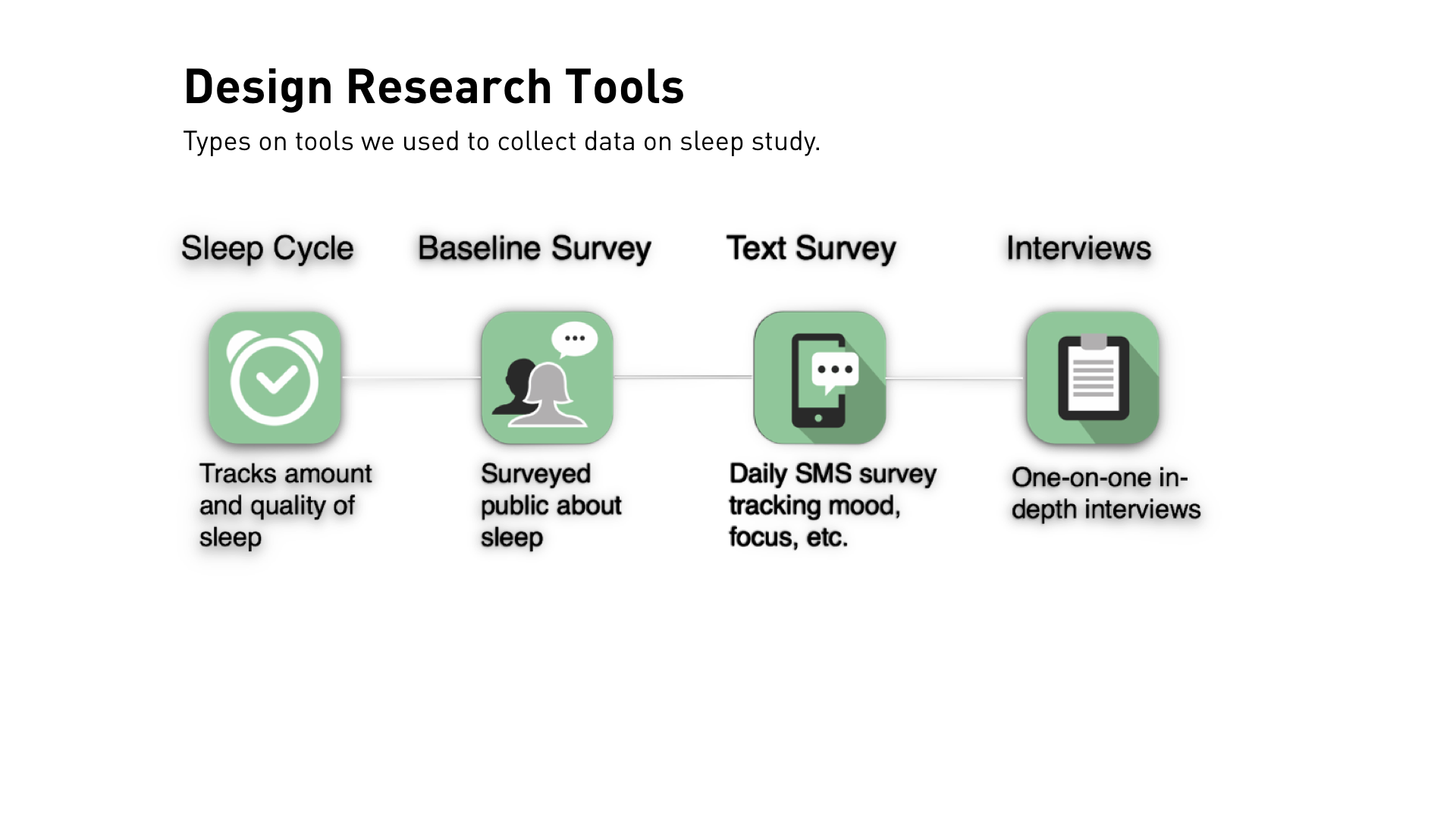


Findings
- People who have negative thoughts towards sleep have worse sleeping habits than those who think of sleep positively.
- Try to think of sleep as your good friend that is always helping you out.
- People who prioritize sleep are able to handle stress well, focus better, and are happier throughout the day.
- Tracking sleep helps people become aware of their sleeping habits which encourages thoughts of improvement.
- Improve your attitudes towards sleep. If it is a positive experience for you, it will be an easier thing to make the right time for.
Team Data Visualization
As a Team, WeiWei, Andy and I started to brainstorm multiple ideas on how to visualize the data we have collected during our research studies. I was was in charged with vectorizing each sleep cycle wave length in illustrator and coming up with different ideas to implement NodeBox together that Andy created for mood, stress, and focus.

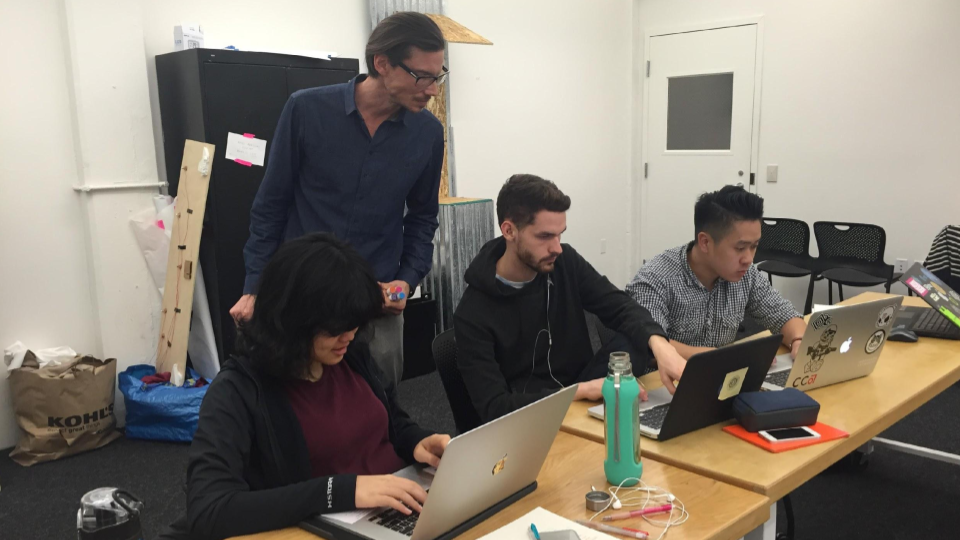
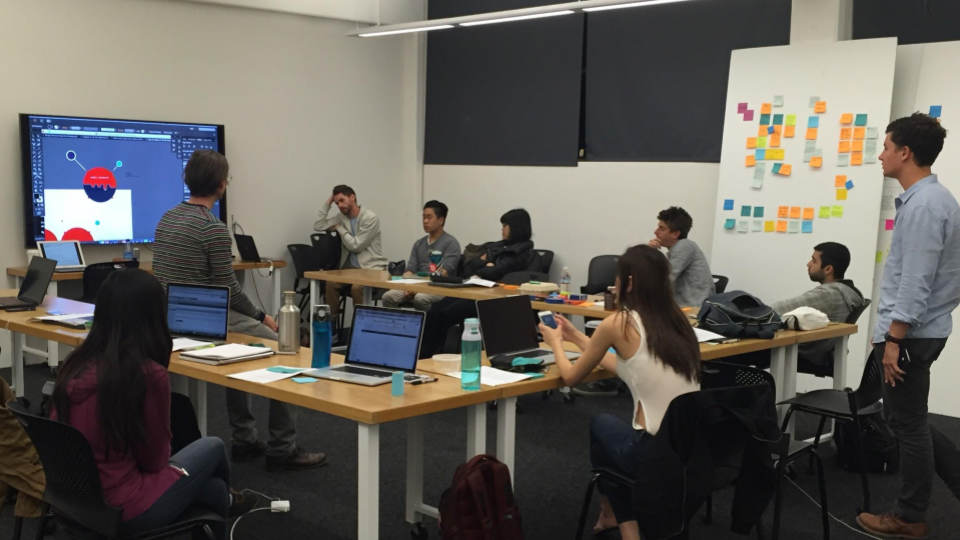
Process
The tools we used to visualize data were from the Sleep Cycle App where we vectorize the sleep wave pattern and number of hours slept. Also we used the a Survey Text Messaging App for mood, stress, and focus which were logged three times per day. A total of 8 days of sleep and emotional tracking are lined up in ordered, and by total time asleep. The longer the length, the more sleep the test subject had through the 8 days. We also used color, depth of stroke, and length to indicate mood, stress, and focus.
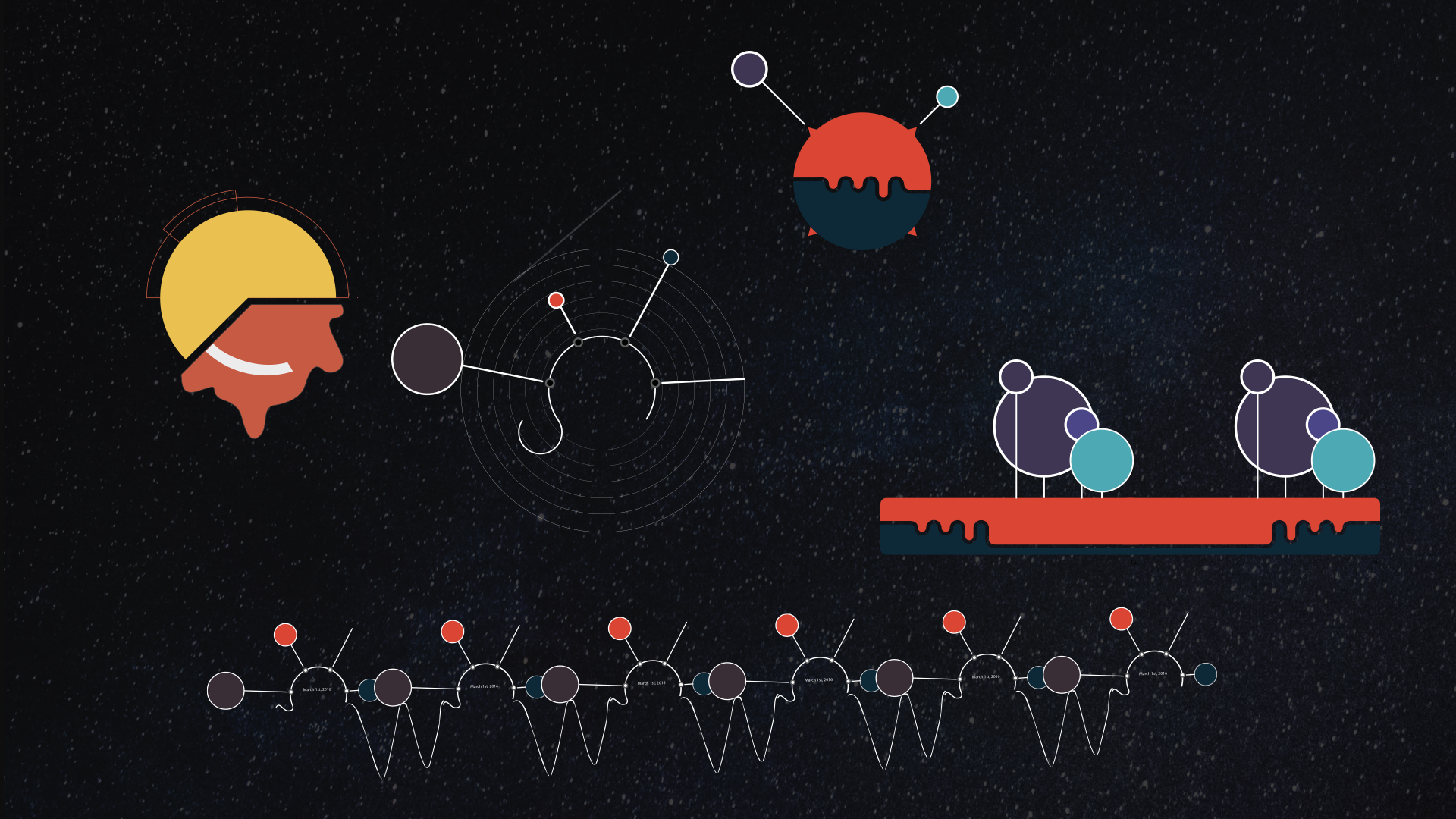
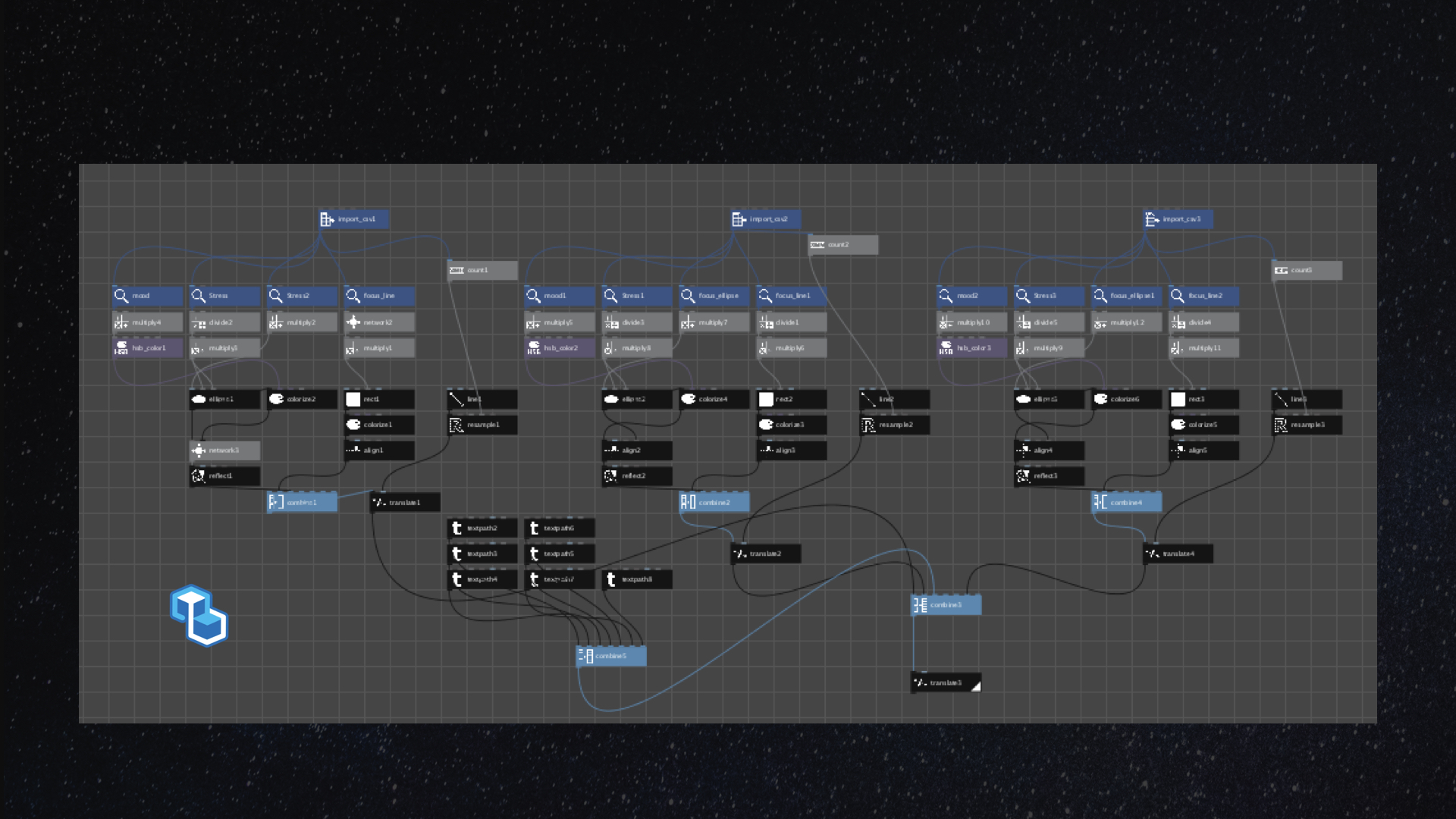
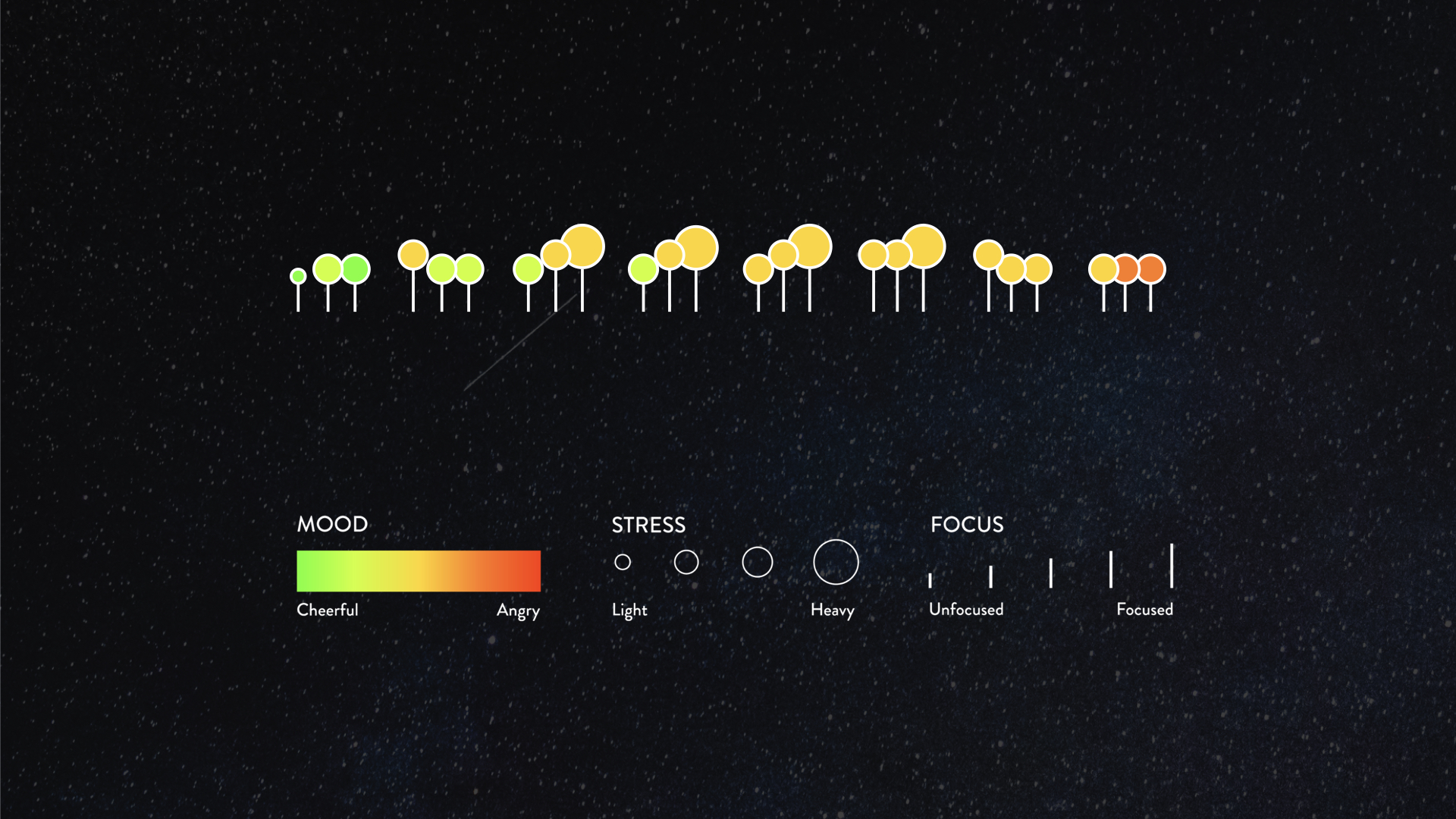

Final
In this visualization, captures eight days of sleep and emotional tracking which are chronologically order and by total number of sleep. By visualizing the sleep length, you can see that sleep length does affects the mood. Another way we try to represent this was by using a radial shape to see the difference.
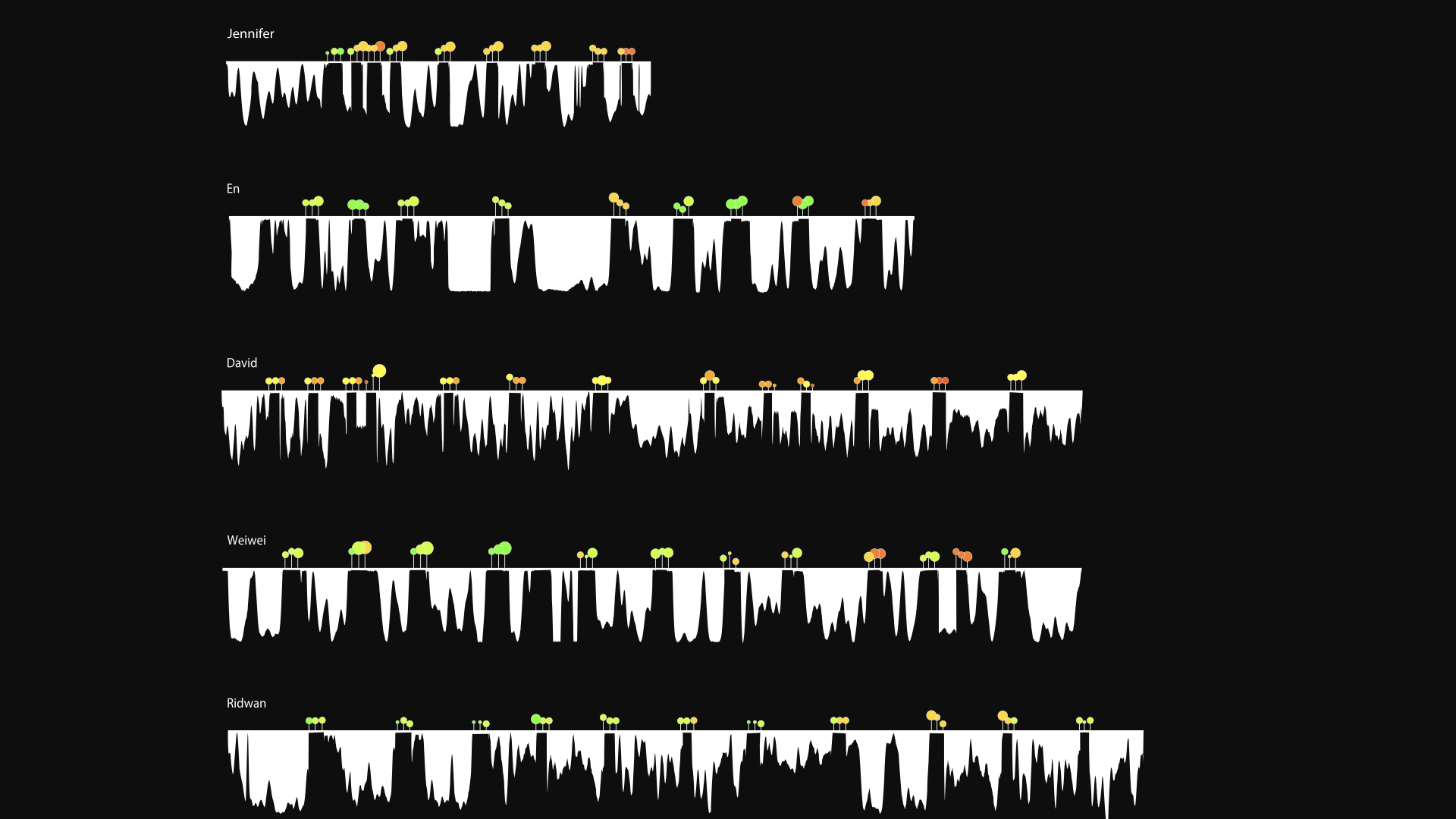

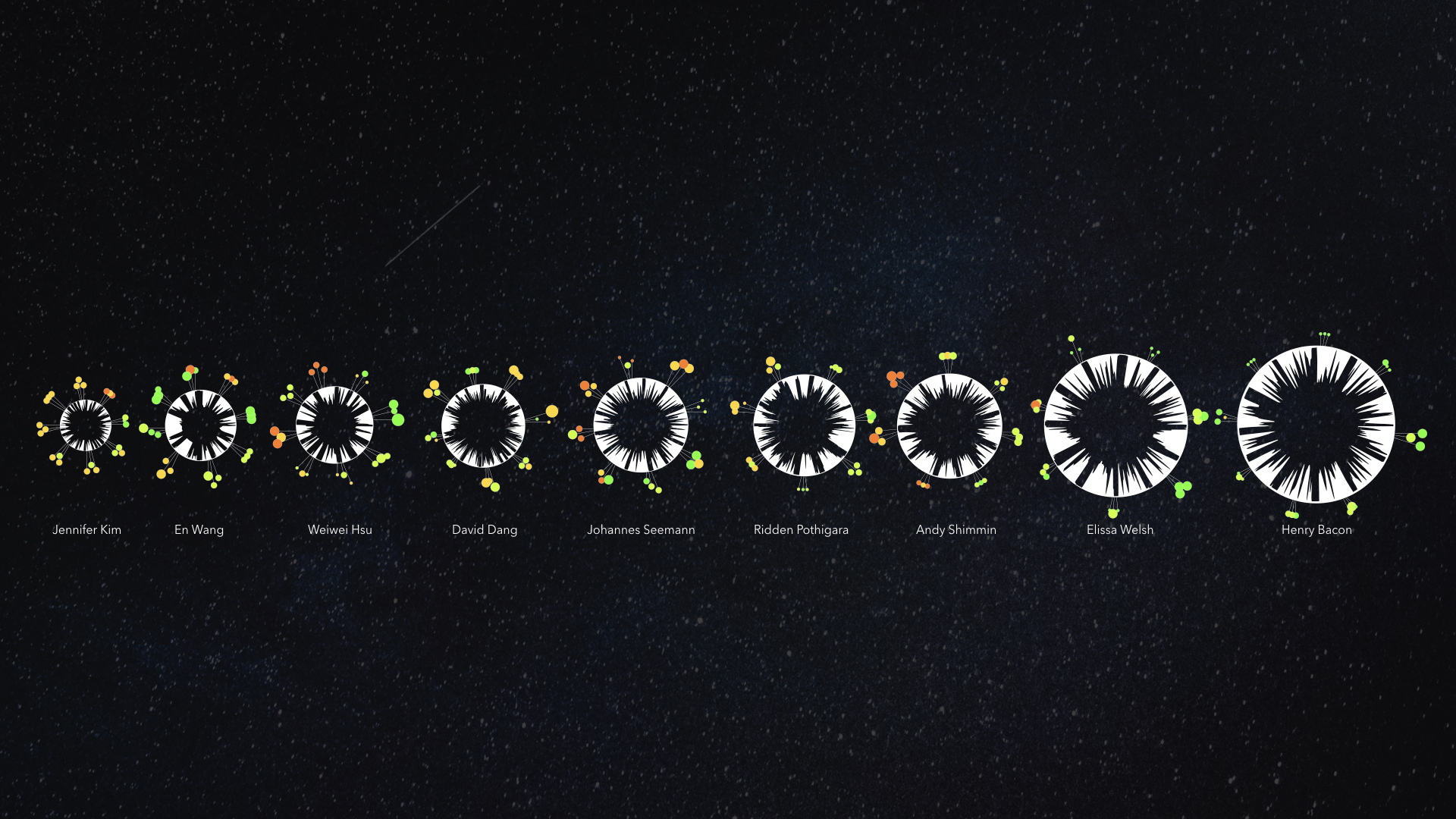
learnings
This was a challenging task to visualize a large amount of data in a clear, concise and viewable way. I learned a lot about how data visualization can tell a impactful story from just looking at it. Information data can be a beautiful thing when it's use correctly. As for the future, I want learn different data visualization tools such as javascript, python, and tableau to visualize data because I feel like data visualization is a great tool to have under my belt as a designer.
